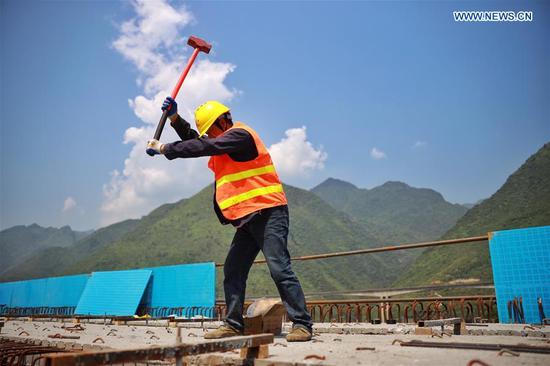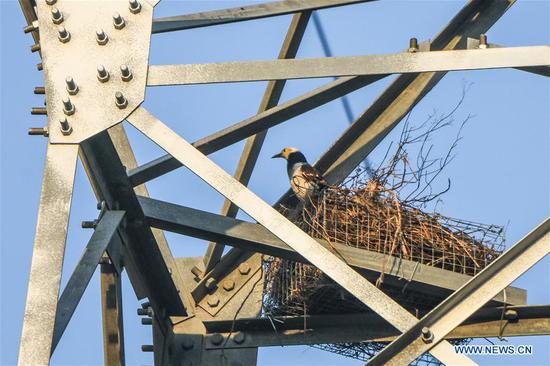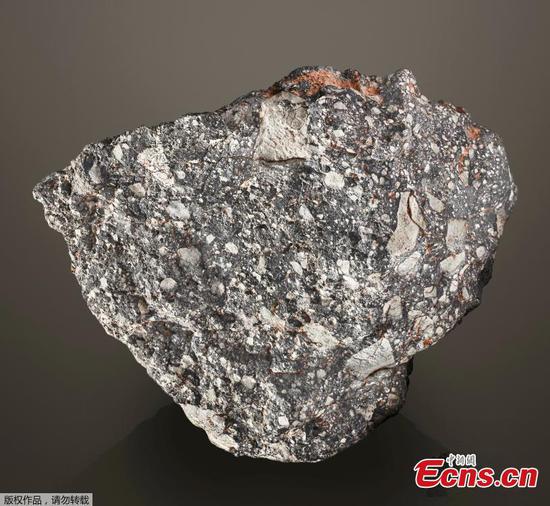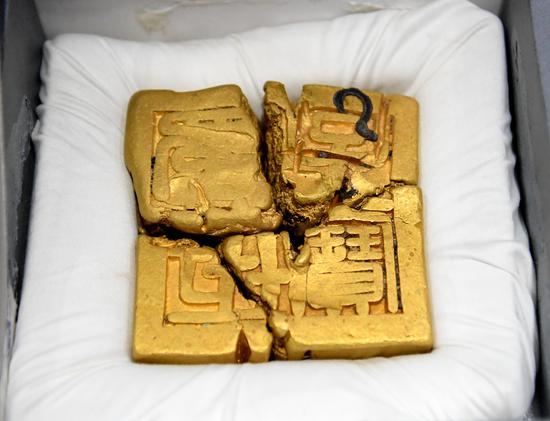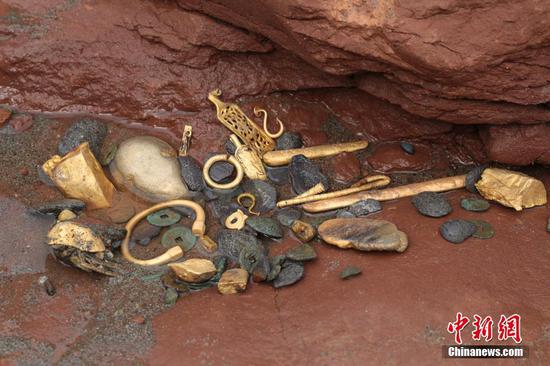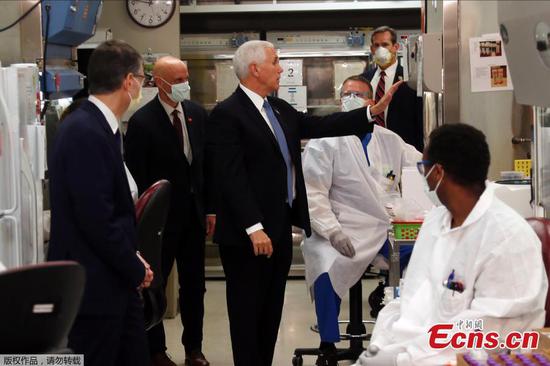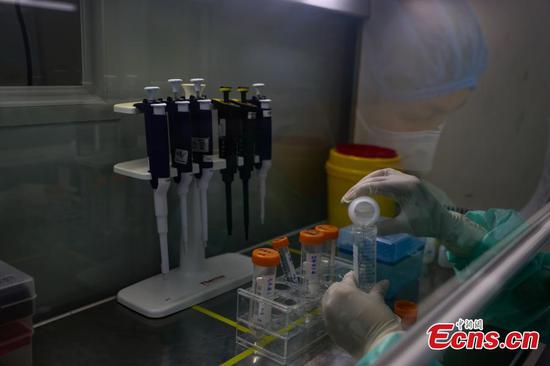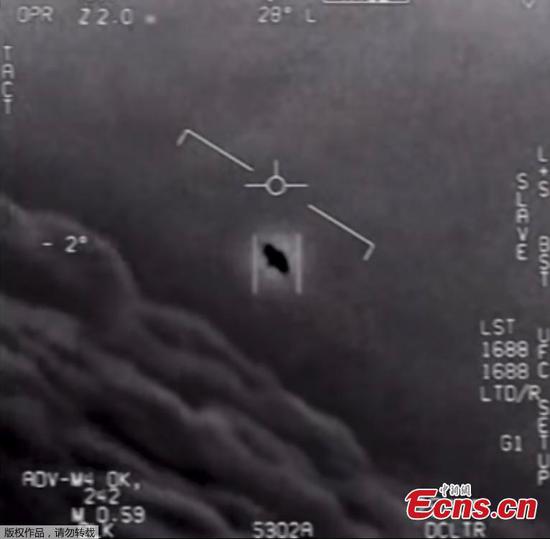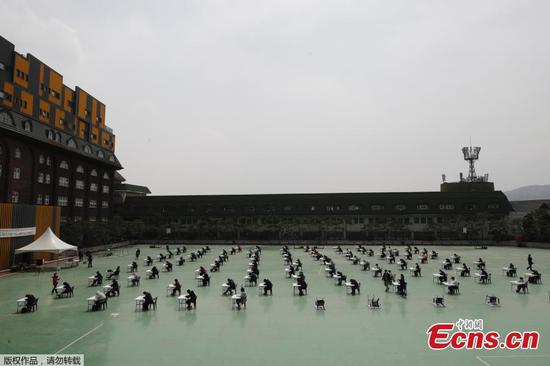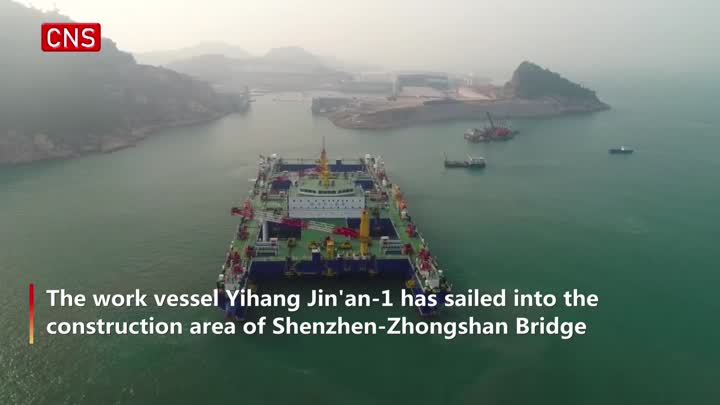Construction of China's space station moves a step closer with the successful maiden flight of its new large carrier rocket, the Long March-5B, on Tuesday.
The Long March-5B was specially developed to launch the space station modules, said Wang Jue, chief director of the rocket development team at the China Academy of Launch Vehicle Technology (CALT) under the China Aerospace Science and Technology Corporation.
The new rocket, a variant of China's largest carrier rocket, the Long March-5, will help expand China's aerospace activities, said Wang Xiaojun, head of CALT.
The Long March-5B is about 53.7 meters long, with a 5-meter-diameter core stage and four 3.35-meter-diameter boosters.
The rocket uses environment-friendly fuel, including liquid hydrogen, liquid oxygen and kerosene. It has a takeoff mass of about 849 tonnes and a takeoff thrust of about 1,078 tonnes.
Compared with the Long March-5, the Long March-5B has one less core stage but a larger fairing, which is 20.5 meters long and 5.2 meters in diameter, as tall as a six-floor building, and nearly eight meters longer than the fairing of Long March-5.
The Long March-5 rocket will be mainly used for launching large satellites to high-Earth orbit and deep-space probes such as the Chang'e-5 lunar probe and the Mars probe. The Long March-5B rocket will mostly carry capsules of China's space station and large spacecraft to low-Earth orbit, according to CALT.
The Long March-5B rocket has increased China's payload carrying capacity to low-Earth orbit from about 14 tonnes to 22 tonnes, equivalent to the carrying capacity of leading launch vehicles around the world.
With the largest payload capacity of China's current carrier rockets, the Long March-5B enables the launch of large spacecraft. For instance, each module of China's space station will be over 20 tonnes, and can only be carried into space by the new rocket.
The research team spent almost 10 years developing the new rocket, making breakthroughs in a series of key technologies, said the rocket's chief designer Li Dong.
The Long March-5B has the largest fairing of China's carrier rockets, specially designed to carry the space station modules. A rotary separation scheme ensures the fairing can separate from the payloads safely in space.
To meet the requirements of rendezvous and docking of the modules, the Long March-5B rocket needs to be launched within a "zero window", which means its launch time error should be less than a second, said Li.
With only one core stage and four boosters, the Long March-5B has a simpler structure and higher reliability than multi-stage rockets. However, it is required to send payloads directly into orbit, which is like a high-speed train suddenly braking and stopping stably at a designated position.
So the research team equipped the rocket with advanced guidance, navigation and control technologies to continuously adjust its trajectory, Li said.
The development of the new carrier rocket also helps lay the foundation for the research and development of China's heavy-lift launch vehicle, Li added.
This year will see another two flights of China's large carrier rocket. The Long March-5 is expected to launch China's first Mars probe in July, and the Chang'e-5 lunar probe at the end of 2020 to collect moon samples and bring them back to Earth.
This year also marks the 50th anniversary of the launch of China's first satellite Dongfanghong-1 by a Long March-1 rocket, which had a carrying capacity of just 173 kg, on April 24, 1970.
China has developed more than 10 types of carrier rockets to send different payloads to different orbits over the past five decades.









